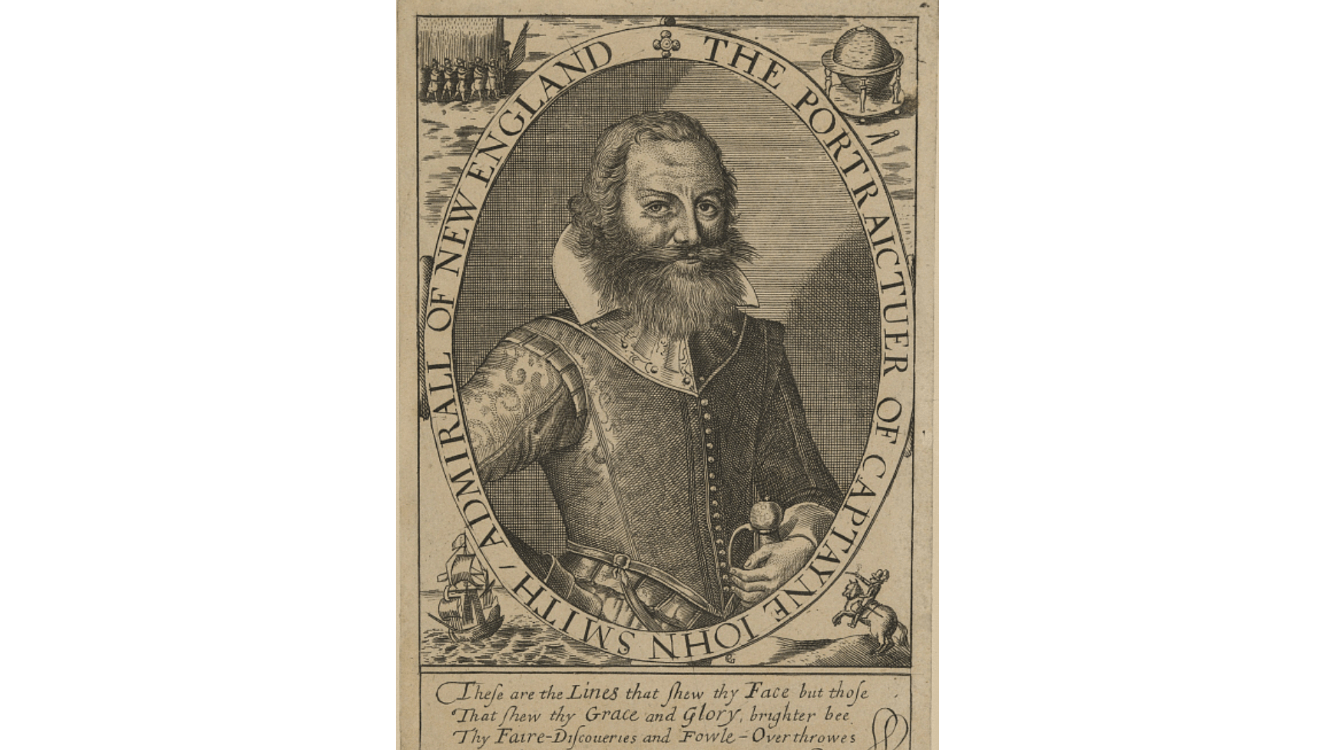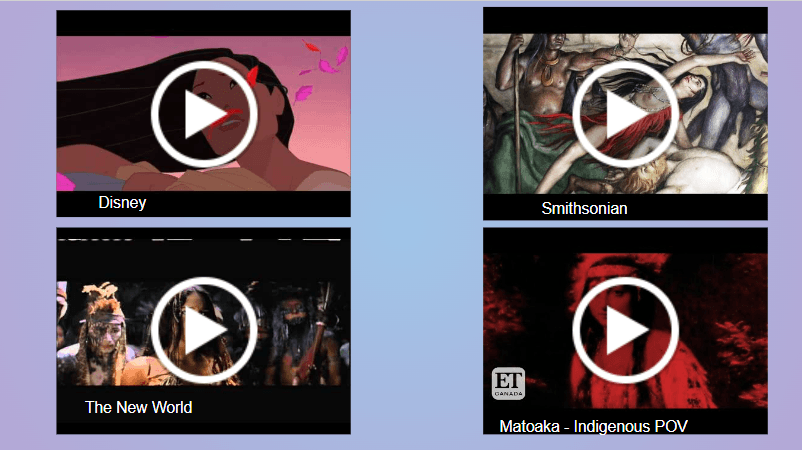What bias is being featured in this image?
Confirmation Bias
Newspapers, diary entries, letters and interviews are examples of this type of source.
Primary Source: Immediate, first-hand accounts of a topic, from people who had a direct connection with it.
- Can also include photographs, videos, and audio from that time period
Textbooks, documentaries, and peer reviewed papers by scholars are examples of what kind of source?
Secondary Source: A secondary source is a book, academic paper, or other document that is not the original source of information. It is usually written about the original source by someone else.
What steps of studying history are subject to bias?
A) 1 step
B) 2 step
C) All steps of studying history are subject to bias.
C) All steps of studying history are subject to bias.
Primary sources are created from one perspective
Historians interpreting primary sources add their own perspective
Teachers and/or textbooks often pick or choose how to teach based on their perspectives or surroundings
Students interpret their education based on their own perspectives
Name at least 1 of these people in the picture above.
John Smith or Pocahontas (Real name Matoaka)
What is bias? Give an example.
Prejudice in favor of or against one thing, person, or group compared with another, usually in a way considered to be unfair.
This is a 1617 portrait of what historical figure who wrote A General History of Virginia?
Captain John Smith
What is a secondary source? Give an example.
A secondary source is a book, academic paper, or other document that is not the original source of information. It is usually written about the original source by someone else.
Explain how teachers, textbooks and schools can influence the way history is learned.
Possible Answers:
A) Teachers, textbooks and schools can influence the way history is learned by presenting a biased view of history. For example, if a teacher only presents one perspective of history, then students may only learn one side of the story. This can be problematic because it can lead to students having misconceptions about certain groups of people. For instance, if a student learns that Native Americans were savages who only lived in tribes, then they may have a negative view of Native Americans. Teachers need to be aware of the bias in their teaching and make an effort to present multiple perspectives on history.
B) Teachers, textbooks and schools can influence the way history is learned in many ways. One way is by choosing to focus on certain aspects of history while leaving out others. Often, the stories and narratives that are told in textbooks and at school are those that reflect the dominant perspective, which can be biased against minority groups. Another way that teachers, textbooks and schools can influence the way history is learned is by framing historical events or moments in a certain way. This can be done in a way that casts certain groups or individuals in a negative light, while praising others.
Name at least one person or people in this painting and how you know who they are / what group they are a part of.
Possible Answers:
A) Indigenous because of clothes, hair style, setting, tools, weapons, background scenery
B) Europeans / Colonists because of clothes, hair style, setting, weapons, tools, background scenery
C) John Smith - students elaborate on who they believe it is in the painting and why
D) Chief Powhatan - students elaborate on who they believe it is in the painting and why
Identify the type of bias in this video and give an example (Hint: This video is about your attention)
Selective Attention Bias is the conscious or subconscious act of narrowing our focus in an attempt to eliminate irrelevant details that might interfere with our ability to focus on important elements of a situation or issue.
What is a primary source? Give an example.
Primary sources are immediate, first-hand accounts of a topic, from people who had a direct connection with it.
Can include newspapers, diaries, speeches, photographs, audio, video, or objects from the time period
This painting titled The Baptism of _________ was created in 1839.
The Baptism of Pocahontas, depicts the ceremony in which Pocahontas, daughter of the influential chief Powhatan, was baptized and given the name Rebecca in an Anglican Church. This painting was made in 1839 but the actual historical event took place in 1613 or 1614 in the colony at Jamestown, Virginia.
Which source do you find most trustworthy and why? Which one do you get information from the most?
A) Primary Source
B) Historians
C) Teachers
D) Your friends
Students free form answer
Name at least 3 different people or groups of people in this painting The Baptism of Pocahontas.
Possible answers:
A) Individuals such as Pocahontas, Priests, Guards, Baby/Infant,
B) Groups of people such as Indigenous/Native American groups, white people, Christians, colonists, Europeans, men/women
Double Jeopardy: For double points (+800), answer the following question: Define what Implicit Bias is, Explicit Bias, and explain how they are different.
Implicit Bias: Includes attitudes and beliefs (positive or negative) about other people, ideas, issues, or institutions that occur outside of our conscious awareness and control, which affect our opinions and behavior.
Explicit Bias: Refers to attitudes and beliefs (positive or negative) that we consciously or deliberately hold and express about a person or group.
The difference is that one is conscious (within our own awareness) and one is unconscious (outside our own awareness)
True / False: John Smith's A General History of Virginia (1624) is a primary source document that is one of the earliest histories of the English colonies.
True
John Smith's A General History of Virginia (1624) includes an account of the famous rescue of Captain John Smith by Pocahontas, an event that has forever linked the two historical figures together despite the debate on whether or not this event actually happened.
Explain the difference between a secondary source and a primary source.
Possible Answers:
A) Explain the difference between a secondary source and a primary source.
B) A primary source is a firsthand account of an event. A secondary source is an account of an event that is written by someone who was not there.
Which of the following are subject to bias?
A) Primary Sources / Secondary Sources
B) Teachers/Textbooks
C) Students personal interpretation
D) Every level of history is subject to bias.
D) Every level of history is subject to bias.
Primary sources are created from one perspective
Historians interpreting primary sources add their own perspective
Teachers and/or textbooks often pick or choose how to teach based on their perspectives or surroundings
Students interpret their education based on their own perspectives
Using either of the paintings featured below, identify what could be biased about the images (Hint: Think about the creators of the image, think about the intent or message of the image).
Possible Answers:
Disney's Pocahontas
A) The film portrays Pocahontas as a young woman who falls in love with John Smith to sugarcoat the story to be more family and child friendly.
B) The image paints Native Americans in a negative light, as primitive people who are in need of salvation by European settlers.
The Baptism of Pocahontas by John Gadsby Chapman misrepresented Pocahontas
C) The painting is representing her as a savage who was saved by John Smith and baptized into Christianity.
D) The painting shows John Smith as a heroic figure, which is inaccurate because he actually kidnapped Pocahontas and held her hostage.
Why is it important for students to learn about types of bias? Especially when it comes to learning history?
Possible Answers:
A) It is important for students to understand how bias has impacted different groups throughout history to be more aware of how bias can still exist today and how it can impact people's lives.
B) Learning about different types of bias helps people become critical thinkers and better analyzers of information to help them understand the world around them and make informed decisions.
C) By learning about bias in history, students can develop a broader perspective and appreciation for the diversity amongst groups of people to help create a more inclusive society in which everyone is respected and understood.
D) It is important for students to learn about types of bias because it can help them understand how history has negatively impacted indigenous groups in North America. By understanding bias, students can begin to see how history has been written from a perspective that often does not include the voices or experiences of indigenous people. This can help to correct some of the misconceptions that students may have about Native Americans.
What can primary sources tell us about the past?
A) They aren't secondary sources so they haven't been filtered through someone else's interpretation.
B) By looking at primary sources, we can get a more accurate understanding of how different groups have been treated over time, and hopefully dispel some of the myths and misconceptions surrounding those groups.
C) Primary sources can contain original documents or artifacts from the time period in question, which can offer valuable information about life at that time.
D) By using primary sources, researchers can get a more complete picture of what life was like in the past, and how people reacted to events as they unfolded.
What is a potentially helpful question to ask when figuring out if something is a secondary source or not?
Possible Answers:
A) Was the source created by someone directly involved in the events you're studying (primary), or by another researcher (secondary)?
B) When was the source created?
C) Does the source provide original information (primary), or does it summarize information from other sources (secondary)?
How has bias impacted history when it comes to indigenous groups in North America?
Possible Answers:
a) Bias in history has impacted indigenous groups in North America by creating inaccurate and often negative representations of these groups. This has resulted in many misconceptions and myths about Native Americans that students may hold. For example, many students may believe that Native Americans were primitive or uncivilized. Additionally, indigenous groups have often been portrayed as obstacles to progress or as people who need to be civilized. This type of thinking has led to policies and actions that have had negative consequences for indigenous groups, such as the displacement and genocide of many tribes.
b) Bias in history has had a significant impact on indigenous groups in North America in a number of ways. First, it has led to the misrepresentation and often times complete erasure of Native American history and culture. This has been done in order to justify the actions of European colonists and to legitimize their claim to the land. Additionally, bias in history has resulted in the discrimination and persecution of indigenous groups, which has contributed to their current social and economic conditions.
c) One way in which bias has impacted history with regards to indigenous groups in North America is by affecting the way that these groups are portrayed in historical documents. For example, many historical documents contain myths and misconceptions about Native Americans, which can lead to a biased view of these groups. Additionally, many historical documents are written from the perspective of European colonists, which often results in a biased portrayal of indigenous groups. As a result of this bias, indigenous groups have often been marginalized and oppressed.
Double Jeopardy: For double points (+1000), using the videos featured below, explain which video you thought was the most biased and why, and then explain which video you thought was the most accurate and why.
Requirements for the Answer:
Students answer both parts of the question (most biased and most accurate)
Students explain why for both parts of the question